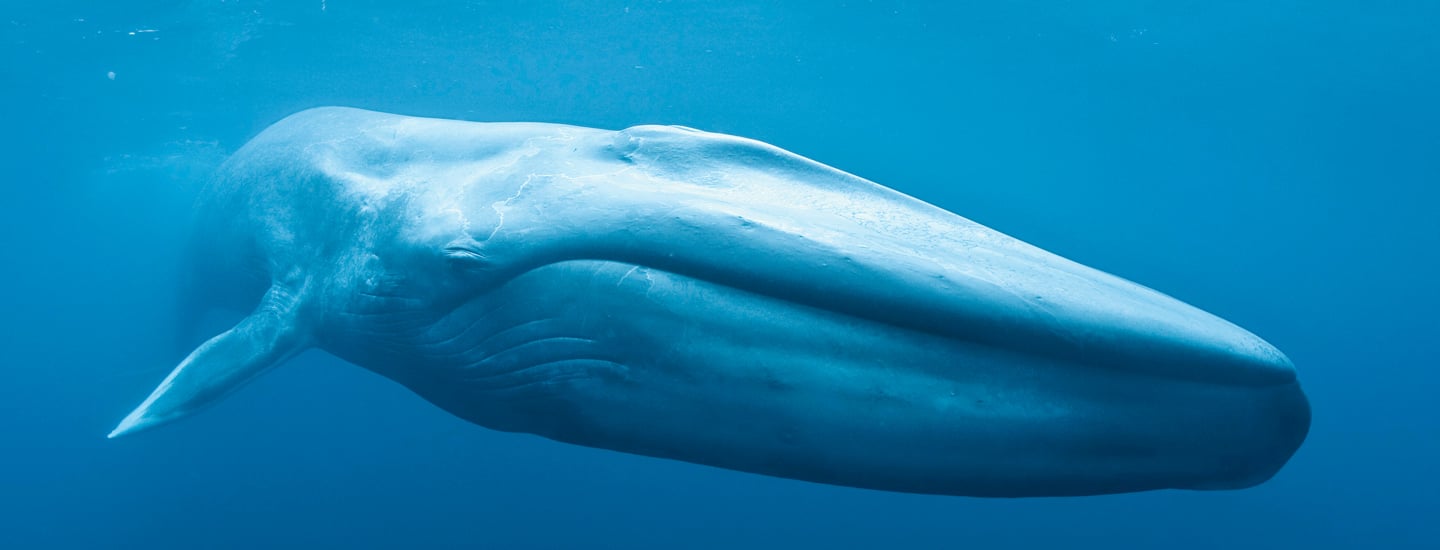Blue whales are big—really big! They’re the largest animals that have ever lived on Earth. These giants of the sea can grow to be longer than two school buses parked end-to-end and weigh 300,000 pounds or more. That’s about as heavy as 24 elephants!
“No dinosaur ever weighed as much,” says Nick Pyenson. He’s a paleontologist at the Smithsonian National Museum of Natural History in Washington, D.C. “Blue whales are the animal size champions of all time!”
Pyenson and a team of researchers decided to find out how these supersized swimmers got so enormous. The scientists think that a change to the blue whale’s diet millions of years ago helps explain why they are so huge today.

